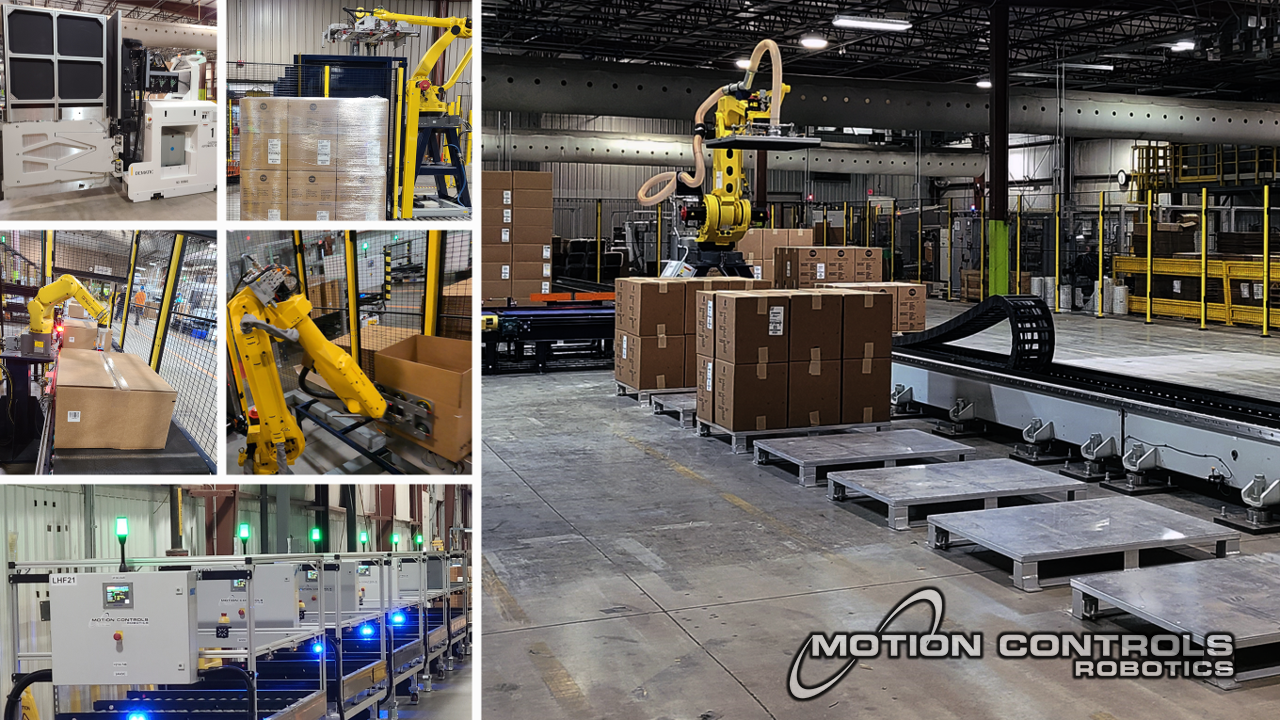Food Manufacturing: The Last Frontier for Automation

Robotic automation solutions are a common sight in many manufacturing sectors and have been a mainstay in the automotive sector since the 1950s. The global pandemic spurred an increased interest in both fully automated and collaborative robot (cobot) solutions not only in large manufacturing operations, but also in small and medium facilities. The exception, however, has been in the food production sector, which has been slow to adopt robot solutions, remaining the last frontier to automation.
Trends
During the height of the global pandemic, there was a rush to automate in every industry. With every sector dealing with labour shortages, supply chain issues and production delays, robot automation solutions moved from a “nice to have someday” to “how fast can we implement it”. After all, robots don’t get sick, don’t take vacations, can run 24/7/365 and don’t take personal days. In the food industry, many facilities didn’t have teams of engineers who had been dealing with automation solutions for years, which made robot automation difficult to implement, train and maintain.
“After a push for automation in the food industry during COVID-19, we are seeing a slowing and reprioritization of automation projects. Instead of automating challenging processes, many companies are looking at upstream processes that provide a faster return on investment since they are more automatable. Palletizing/depalletizing, case packing, tray processing and box assemblies are more straightforward to automate, less complex and can offer a proof of concept for employees that robots are not stealing jobs which can grow a culture of automation,” said Mike Bannister, vice president of sales at Convergix Automation Solutions.
Consumer purchasing changed during the pandemic, and the online shopping trend has continued even after bricks and mortar stores reopened. Suppliers had to rethink how to maintain stock. Instead of full retail display pallets of each item, suppliers are requesting mixed pallets of partial orders for display. Scott Lang, president and CEO of Motion Controls Robotics Inc, saw an increase in demand for modular pallets that are self-contained, easy to move and can be delivered in weeks rather than months. “The modular pallets have a built-in forklift so they can be moved quickly to where the demand is. In addition, they work like building blocks that can be configured to any floor plan. They are also intuitive — more or less ‘plug and play’ — simple to use for employees who may not be familiar with robotic applications.”
“The Smartphone effect is encouraging robot manufacturers to think differently about automation. With innovation in artificial intelligence (AI) and vision as well as machine learning (ML), we can ‘teach’ the robots to troubleshoot and enable preventative maintenance. The Internet of Things (IoT) and cloud-based applications can be paired with virtual reality (VR), and an employee on the plant floor can interact with someone from our company in real-time to diagnose, troubleshoot and fix most problems without the need for a service call,” said Bannister.
)
)
)
)
)
)
)
)
)
)
)
)
)
)
)
)
)
)
)
)
)
)
)
)
)
)
)
)
)
